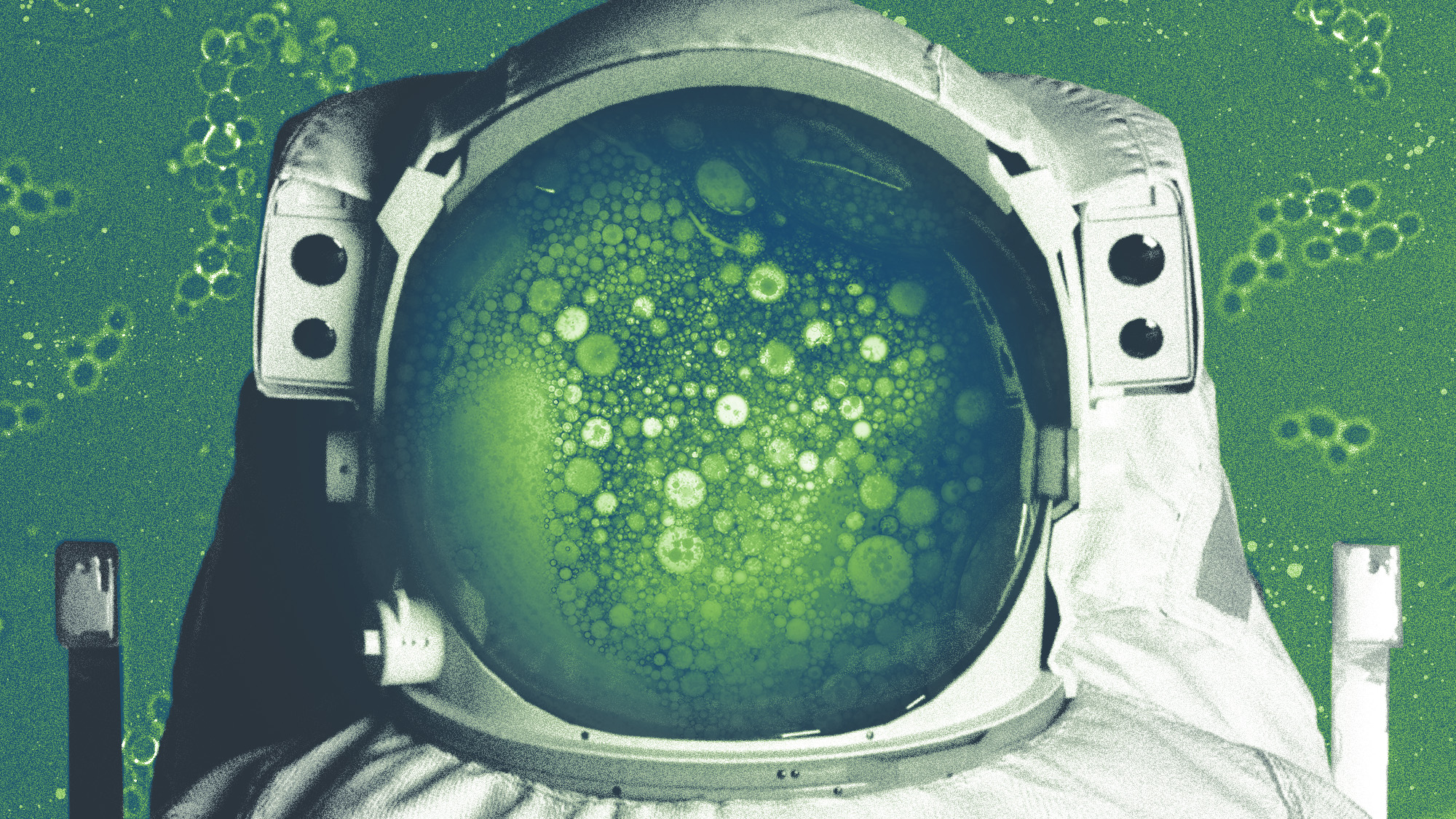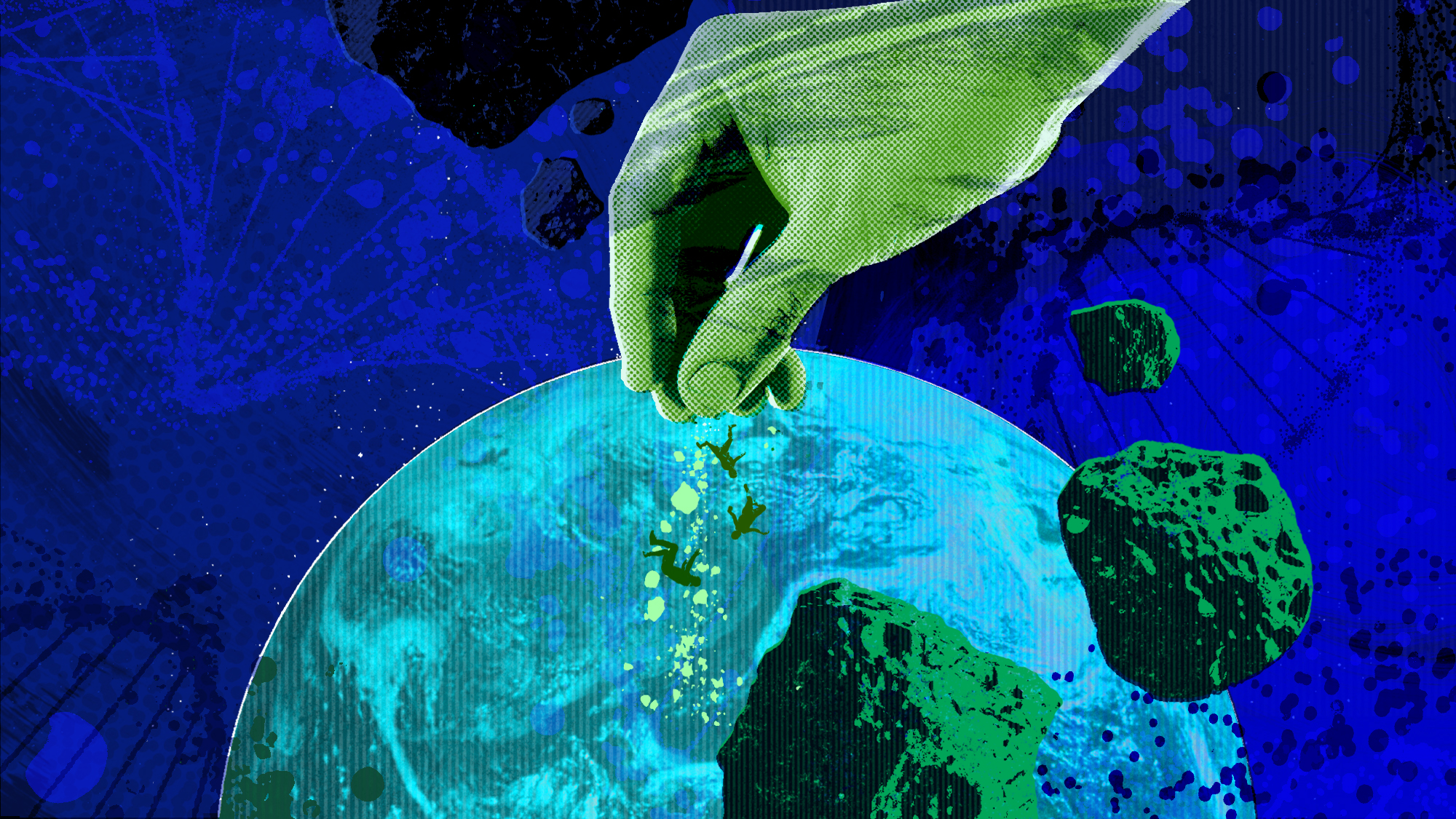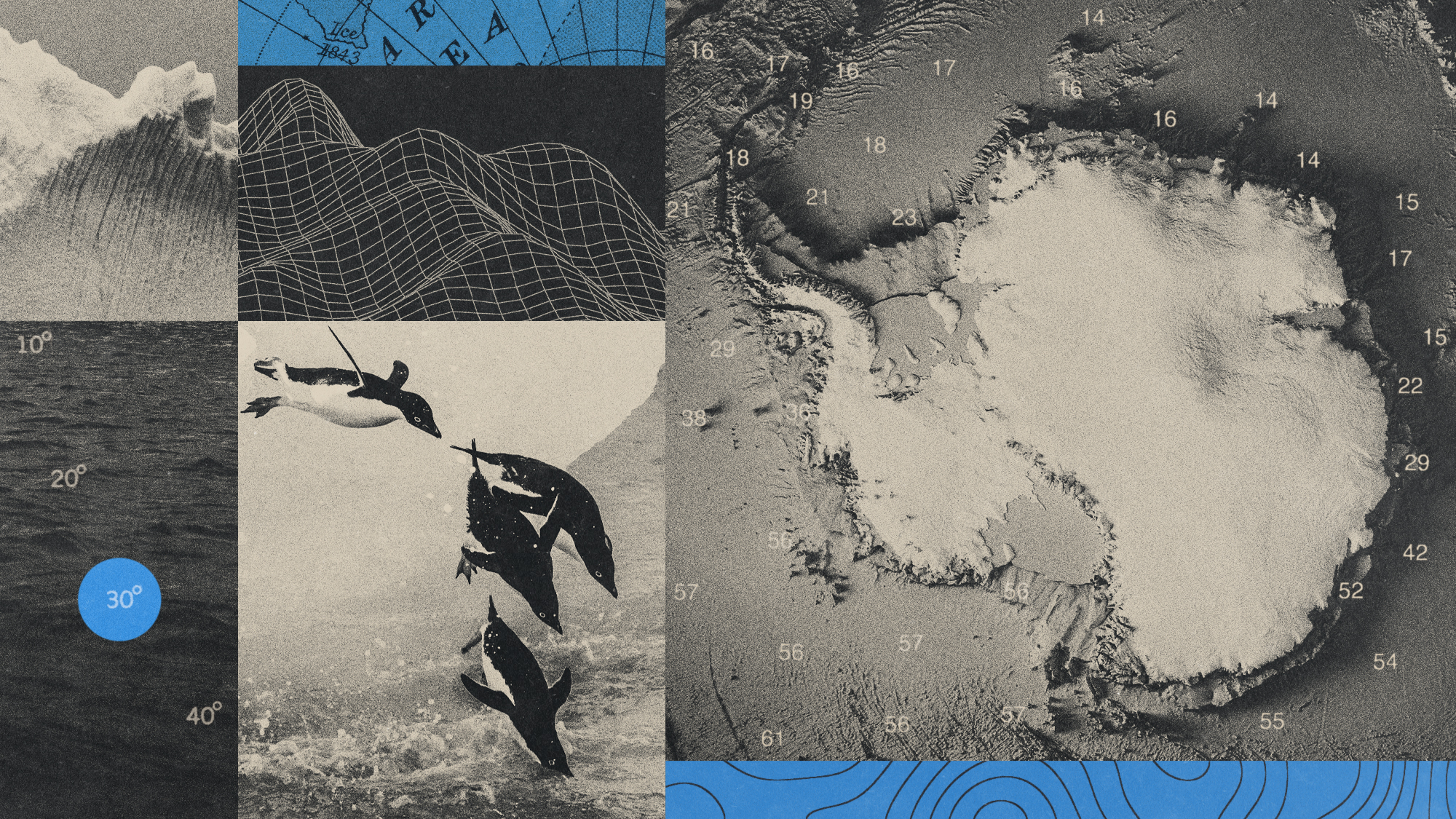Bacteria is evolving to live (and infect) in space
The ISS has new micro-habitants


Earth's bacteria are evolving to survive in space. Several strains sourced from the International Space Station (ISS) differed from the same strains on Earth, having qualities specifically adapted to Earth's orbit. While it is still unclear what kind of danger these bacteria pose, scientists are looking at ways to protect astronauts from potential superbugs.
Cosmic evolution
Five species of bacteria were collected from the International Space Station, according to a study published in the journal bioRxiv. "Our study shows that the microorganisms we isolated from the International Space Station have uniquely adapted to survive in space when compared to the Earth counterparts," the lead author of the study, Kasthuri Venkateswaran, said to New Scientist. "These microbes have found ways to live and possibly even thrive in space, and understanding how they do this could have big benefits for space exploration and health."
This is not the first time bacteria in space have demonstrated the ability to evolve. A separate study, also headed by Venkateswaran and published in the journal Microbiome, looked at 13 strains of the drug-resistant bacteria Enterobacter bugandensis from the ISS and found that they had evolved in ways distinct from their Earth counterparts. "The strains were able to viably persist in the ISS over time in significant abundances. E. bugandensis coexisted with multiple other microorganisms, and in some cases could have helped those organisms survive," said a press release for the study.
The Week
Escape your echo chamber. Get the facts behind the news, plus analysis from multiple perspectives.

Sign up for The Week's Free Newsletters
From our morning news briefing to a weekly Good News Newsletter, get the best of The Week delivered directly to your inbox.
From our morning news briefing to a weekly Good News Newsletter, get the best of The Week delivered directly to your inbox.
Much of this evolution is related to the ISS itself. "Closed human-built environments, such as the ISS, are unique areas that provide an extreme environment subject to microgravity, radiation, and elevated carbon dioxide levels," said the release. "Any microorganisms introduced to these areas must adapt to thrive."
Superbugs in space
In addition to evolving, the bacteria in the ISS may have also become more virulent. The species showed "enhanced activity of certain genes linked to bacterial virulence, including those that help them evade and damage the immune system," said New Scientist. "They can also form biofilms: slimy layers that stick to surfaces and can help bacteria resist antibiotics and disinfectants." The exact threat level to humans is unknown, though researchers are concerned for the health of astronauts.
E. bugandensis, for example, is an opportunistic pathogen, meaning it can "cause disease only if the host is already 'perturbed,' such as if they are battling disease already or if they are immunocompromised," said IFL Science. The bacteria is notoriously drug-resistant, and several antibiotic treatments are no longer effective in treating it. If evolution makes bacteria like this more invulnerable, prevention and treatment options will become increasingly essential. "Monitoring the microbial population on board the human habitats in long missions and characterizing their genetic traits are crucial for safeguarding astronaut health," Venkateswaran said.
Controlling moisture levels of the ISS may potentially decrease the proliferation of bacteria. Additionally, drugs specifically targeting the evolved genes of the bacteria could become a new research focus. "By delving into microbial dynamics in extreme environments, this research opens doors to effective preventative measures for astronaut health," said the press release for the Microbiome study.
A free daily email with the biggest news stories of the day – and the best features from TheWeek.com
Devika Rao has worked as a staff writer at The Week since 2022, covering science, the environment, climate and business. She previously worked as a policy associate for a nonprofit organization advocating for environmental action from a business perspective.
-
 Political cartoons for December 6
Political cartoons for December 6Cartoons Saturday’s political cartoons include a pardon for Hernandez, word of the year, and more
-
 Pakistan: Trump’s ‘favourite field marshal’ takes charge
Pakistan: Trump’s ‘favourite field marshal’ takes chargeIn the Spotlight Asim Munir’s control over all three branches of Pakistan’s military gives him ‘sweeping powers’ – and almost unlimited freedom to use them
-
 Codeword: December 6, 2025
Codeword: December 6, 2025The daily codeword puzzle from The Week
-
 Blue Origin launches Mars probes in NASA debut
Blue Origin launches Mars probes in NASA debutSpeed Read The New Glenn rocket is carrying small twin spacecraft toward Mars as part of NASA’s Escapade mission
-
 ‘The Big Crunch’: why science is divided over the future of the universe
‘The Big Crunch’: why science is divided over the future of the universeThe Explainer New study upends the prevailing theory about dark matter and says it is weakening
-
 The moon is rusting
The moon is rustingUnder the radar The Earth is likely to blame
-
 Panspermia: the theory that life was sent to Earth by aliens
Panspermia: the theory that life was sent to Earth by aliensUnder The Radar New findings have resurfaced an old, controversial idea
-
 Africa could become the next frontier for space programs
Africa could become the next frontier for space programsThe Explainer China and the US are both working on space applications for Africa
-
 Canyons under the Antarctic have deep impacts
Canyons under the Antarctic have deep impactsUnder the radar Submarine canyons could be affecting the climate more than previously thought
-
 Atoms into gold: alchemy's modern resurgence
Atoms into gold: alchemy's modern resurgenceUnder the radar The practice of alchemy has been attempted for thousands of years
-
 Hurricanes are not exclusive to Earth. They can happen in space.
Hurricanes are not exclusive to Earth. They can happen in space.Under the radar These storms may cause navigational problems
